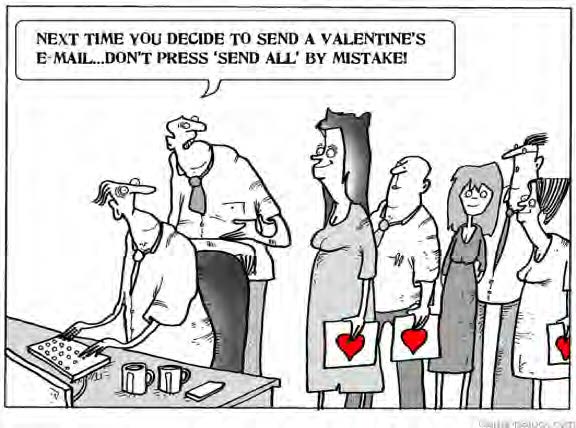Email Etiquette Dos & Don’ts

Evelyn Cannata
by Evelyn Cannata
Ever wonder whether you should hit “reply” or “reply all”? Have you ever composed an important email only to find it in your drafts folder after you thought you’d sent it? And isn’t it annoying when senders don’t include their contact information in a signature?
With more than one billion email users in the world, email communication can often be a minefield of missteps and confusion.
Confession: I’m an avid emailer but recognize it’s often impersonal. Sometimes I find it best to pick up the phone when back-and-forth emails don’t answer my needs. That said, email, as we know, is the preferred method of communication and is most effective when we practice email etiquette.
 Best Openers
Best Openers
“Hi,” is acceptable today. A little more formal would be “Hello” and “Dear,” depending on whom you are writing. Believe it or not, people struggle with their email salutations and openers are subject to debate in the etiquette world.
If you don’t know your contact, stick to “Mr.” or “Ms.” As the email communication unfolds, you and your correspondent can revert to first names. If you’re familiar with your contact, you can be creative. “It was great to see you yesterday, Susan.”
Worst Openers
A pet peeve among etiquette professionals is, “Hope you are doing well.” This opener can open a can of worms when it’s to someone who’s not doing well, thank you very much.
Ditto with “How are you,” unless you want to know.
Mike Plugh, associate professor of communication at Manhattan College, writes, “The reason these friendly pleasantries may seem insincere is that they stare at us from a white screen which is inherently impersonal.”
- The old adage applies: “Never put anything in writing if you don’t want it to appear in print.”
- Never email when you are angry. You can “get it out” in writing, but don’t send.
- Make sure your subject line is descriptive. Study headlines of media articles. Use keywords so you will not have to search and search your emails to find something after a few weeks.
- Always double-check your email addresses and the spelling of names.
- In professional business emails, refrain from abbreviations and emojis.
- Proofread and spell check your messages before inserting the recipient’s address. (I usually proofread twice and I read my message out loud.) Check out grammarly.com to brush up on your grammar.
- Do not use all capitals, which will make you sound as if you’re yelling. Only capitalize the first word of a sentence or a proper noun.
- Use a signature that includes name, title, company, phone, and website. If you have a logo, all the better to insert it in your signature.
- Think twice before using email to rationalize, explain, complain, and communicate emotions. This is the time to pick up the phone or meet.
- Be sparing with group emails, except when it is useful to every recipient.
- CC means FYI. If you are on the cc line, it is not necessary to reply.
- Keep the subject line current. Consider using the “edit subject line” command if you’re changing the subject in your response.
- Remember email is not private. Email is company property and can be retrieved and used in a court of law.



Leave a Reply
Want to join the discussion?Feel free to contribute!